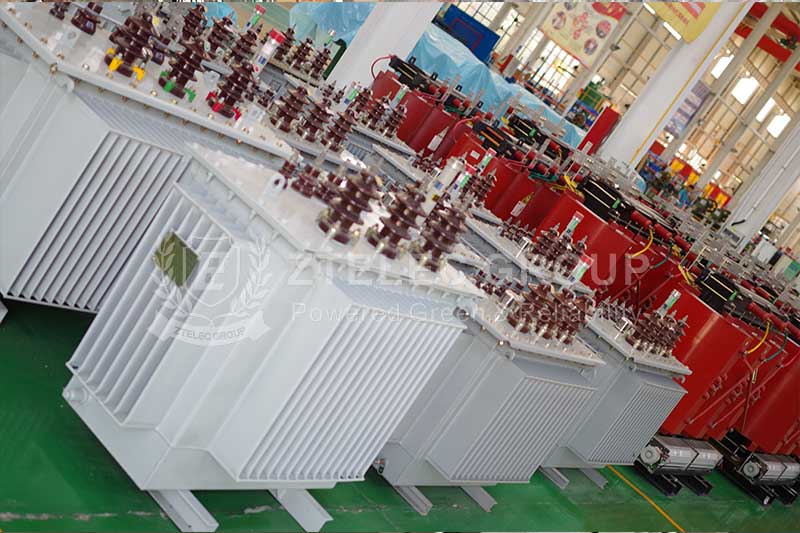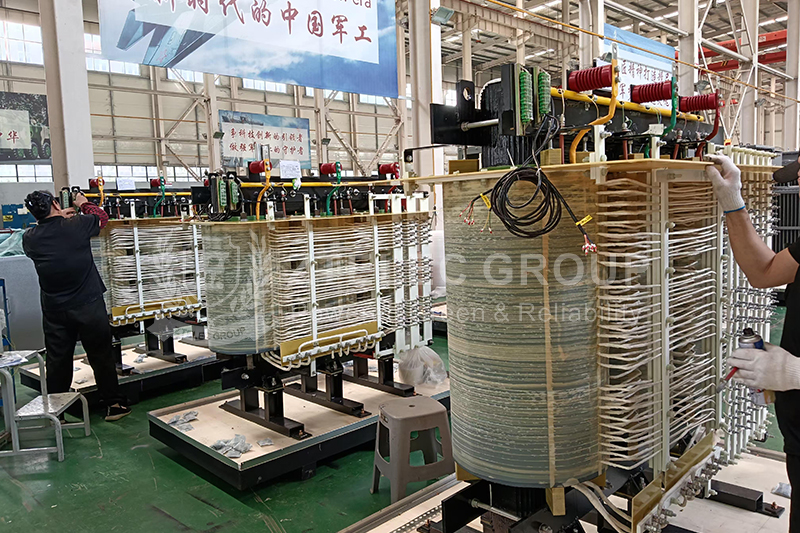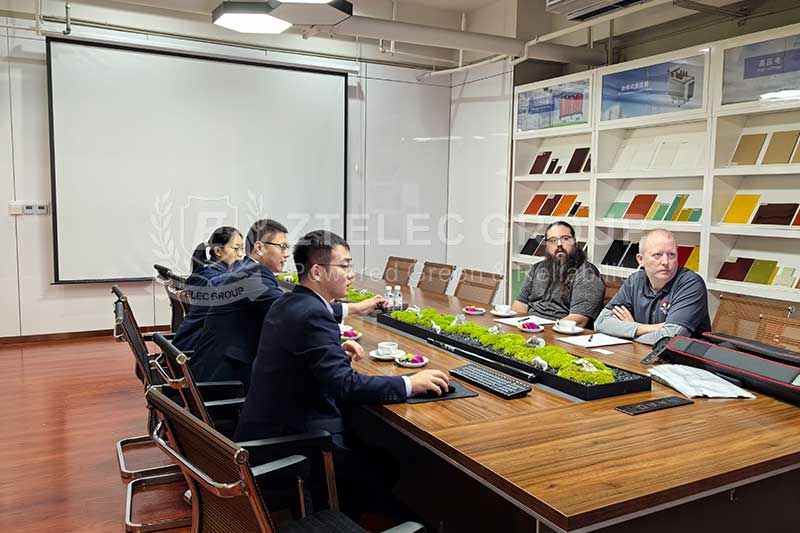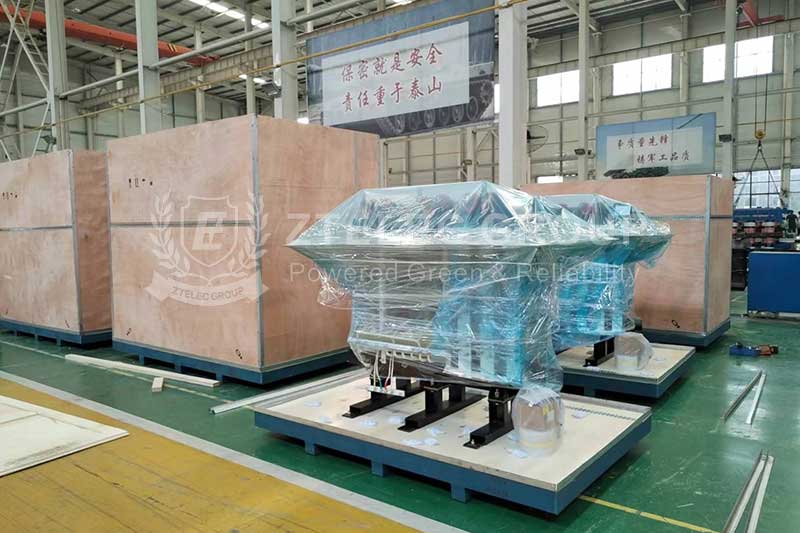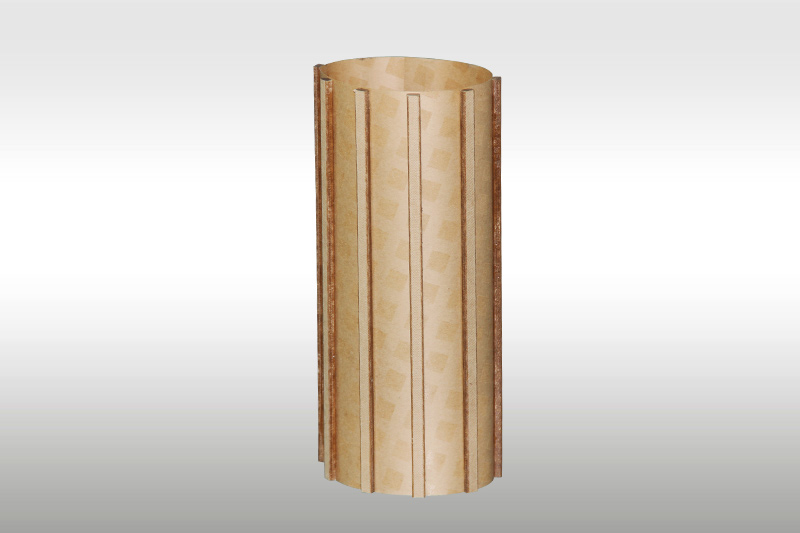Fault detection and troubleshooting methods for oil-immersed transformers
Fault detection for oil-immersed transformers
Appearance inspection: First, perform an appearance inspection on the transformer to observe whether there is obvious mechanical damage, oil accumulation, etc., and whether the oil level is normal. If any abnormality is found, it needs to be repaired or replaced in time.
Oil quality inspection: Regularly inspect the appearance of the transformer oil to observe whether there are abnormal phenomena such as turbidity, bubbles or foreign matter. At the same time, perform oil quality inspection, including dielectric loss, dissolved gas analysis, etc., to determine whether the insulation performance of the oil is normal. If the oil quality is found to be deteriorating, it should be replaced or filtered and regenerated in time.
Temperature monitoring: By using infrared imaging detection technology to monitor the temperature of the transformer, the fault location can be quickly located and the influence of electromagnetic interference can be effectively avoided. Infrared imaging detection technology uses infrared thermometers, infrared thermal imagers and other equipment to diagnose insulation faults without contacting electrical equipment.
Regularly checking the temperature of the transformer and combining the reasons for abnormal increase in oil temperature can determine whether the transformer has problems such as overload and poor contact.
Insulation performance test: Evaluate whether the insulation of the transformer is normal through insulation resistance test, partial discharge test and other methods. The degradation of insulation performance may be caused by insulation damage of winding wire, winding grounding and other reasons, which need to be dealt with in time.
Vibration detection: Monitor the vibration signal of the transformer to determine whether there are internal faults, such as loose windings, core deformation and other problems.
Electrical detection: By measuring the insulation resistance, dielectric loss, partial discharge and other indicators of the transformer, determine whether there are internal problems. If there is an abnormal situation, further inspection and repair are required.
Troubleshooting methods for oil-immersed transformers
After determining the type and location of the fault, the corresponding troubleshooting methods need to be adopted.
1. Troubleshooting of abnormal oil level
For the case where the oil level is too high, the respirator tube can be dredged, and the aging oil pressure bag can be replaced, etc.; For the case where the oil level is too low, qualified transformer oil should be added in time, and the sealing performance of the oil drain valve should be checked.
2. Troubleshooting of thermal faults
Check whether there is a short circuit between the coil winding layer and the turn, and repair it;
Check the grounding of the core to ensure that the core is grounded at a single point;
Strengthen the maintenance of the transformers cooling system to ensure the normal operation of the cooler.
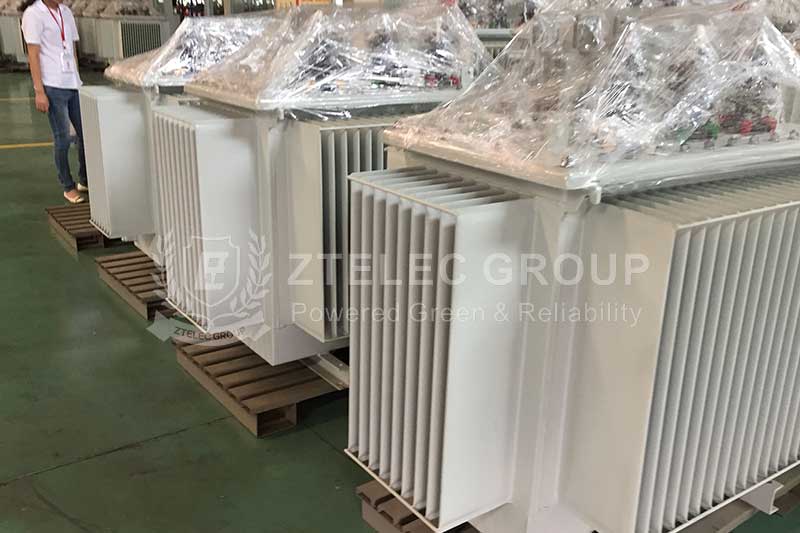
3. Troubleshooting of oil leakage
Check the welding quality of the weld and perform repair welding;
Improve the sealing level of the seal;
For problems with insufficient precision of the mating surface, adjust or replace the relevant parts.
4. Troubleshooting of abnormal sound
For abnormal sound caused by overload operation,strengthened inspections and reduced the load in time;
For abnormal sound caused by loose internal screws or parts, power should be shut down for inspection and tightening;
For problems such as winding short circuit or enamel shedding on the surface of the high-voltage bushing, the core should be hoisted for inspection and damaged parts should be replaced.
5. Elimination of insulation moisture failure
Strengthen the sealing performance of the transformer to prevent moisture from entering;
Dry the transformer to improve the insulation performance;
For the problem of short equipment manufacturing cycle, ensure that the equipment is fully dried before putting it into use.
- more+releated article
- 2025-10-21Application of K Factor Transformer
- 2025-10-21Detailed explanation about transformer model w
- 2025-10-2010kV Oil-Immersed Transformer Safety: Lightnin
- 2025-10-20What are The Advantages of Phenolic Cotton Clo
- 2025-10-17Are Three-Phase Isolation Dry-Type Transformer
- 2025-10-17G10 Epoxy Sheet: Choosing the Right Specificat
- 2025-10-1610kV Oil-Immersed Transformer Operation Inspec
- 2025-10-163240-B Epoxy Phenolic Glass Fiber Cloth Lamina
- 2025-10-15G10 Epoxy Sheet: The Preferred Insulation Mate
- 2025-10-15Analysis of Energy-Saving and Noise Control Te

